Authors:
ABSTRACT
Aim
In this study, resonance and articulation disorders were examined in a group of patients surgically treated for cleft lip
and palate, considering family social background, and children's ability of self monitoring their speech output while speaking.
Methods
Fifty children (32 males and 18 females) mean age 6.51.6 years, affected by non-syndromic
complete unilateral cleft of the lip and palate underwent the same surgical protocol. The speech level was evaluated using the Accordi's
speech assessment protocol that focuses on intelligibility, nasality, nasal air escape, pharyngeal friction, and glottal stop. Pearson
product-moment correlation analysis was used to detect significant associations between analysed parameters. Results A total of
16 (8 children) of the sample had severe to moderate degree of nasality and nasal air escape, presence of pharyngeal friction
and glottal stop, which obviously compromise speech intelligibility. Ten children (10) showed a barely acceptable phonological
outcome: nasality and nasal air escape were mild to moderate, but the intelligibility remained poor. Thirty-two children (64) had
normal speech. Statistical analysis revealed a significant correlation between the severity of nasal resonance and nasal air escape
(p 0.05). No statistical significant correlation was found between the final intelligibility and the patient social background, neither
between the final intelligibility nor the age of the patients.
Conclusion
The differences in speech outcome could be explained with a
specific, subjective, and inborn ability, different for each child, in self-monitoring their speech output.
PLUMX METRICS
Publication date:
Keywords:
Issue:
Vol.15 – n.3/2014
Page:
Publisher:
Cite:
Harvard: R. Rullo, D. Di Maggio, F. Addabbo, F. Rullo, V. M. Festa, L. Perillo (2014) "Speech outcome in unilateral complete cleft lip and palate patients: a descriptive study", European Journal of Paediatric Dentistry, 15(3), pp293-296. doi:
Copyright (c) 2021 Ariesdue

This work is licensed under a Creative Commons Attribution-NonCommercial 4.0 International License.
